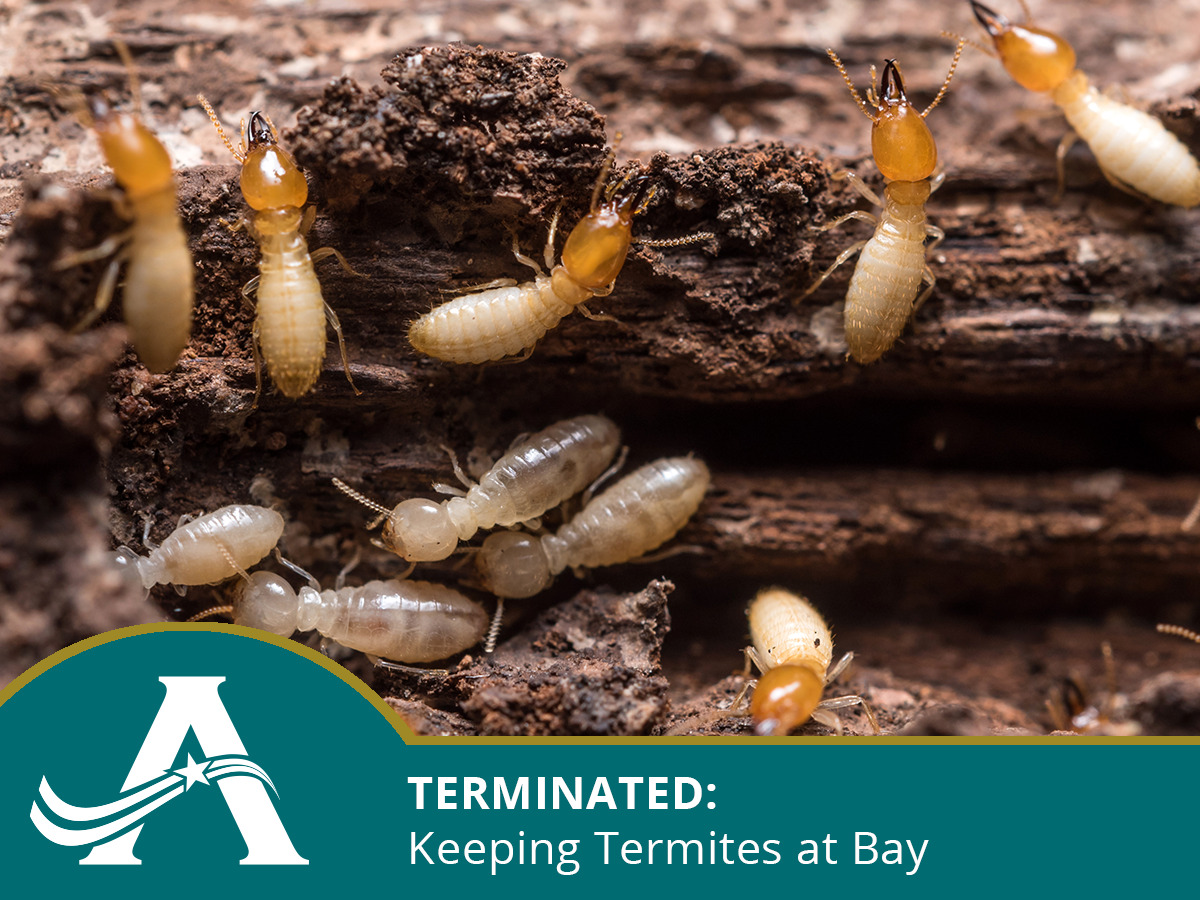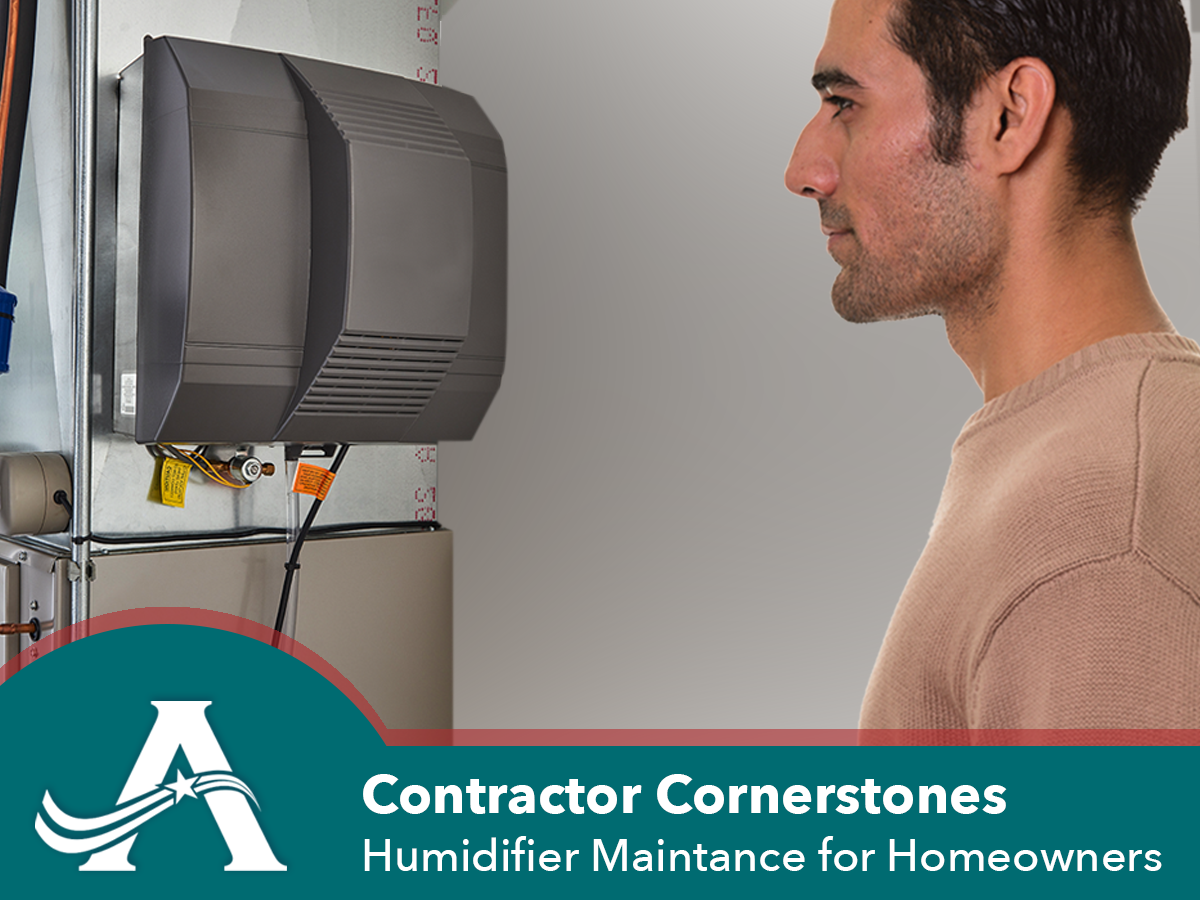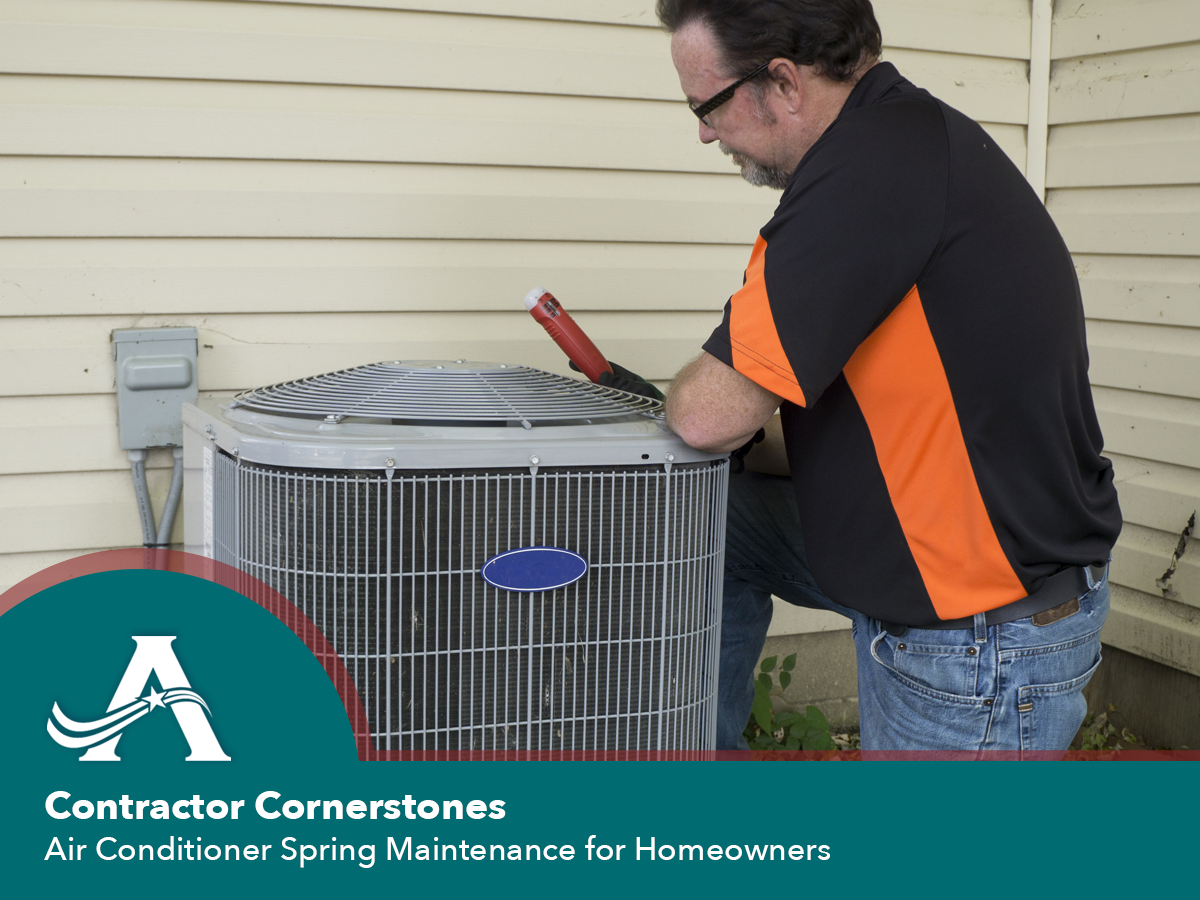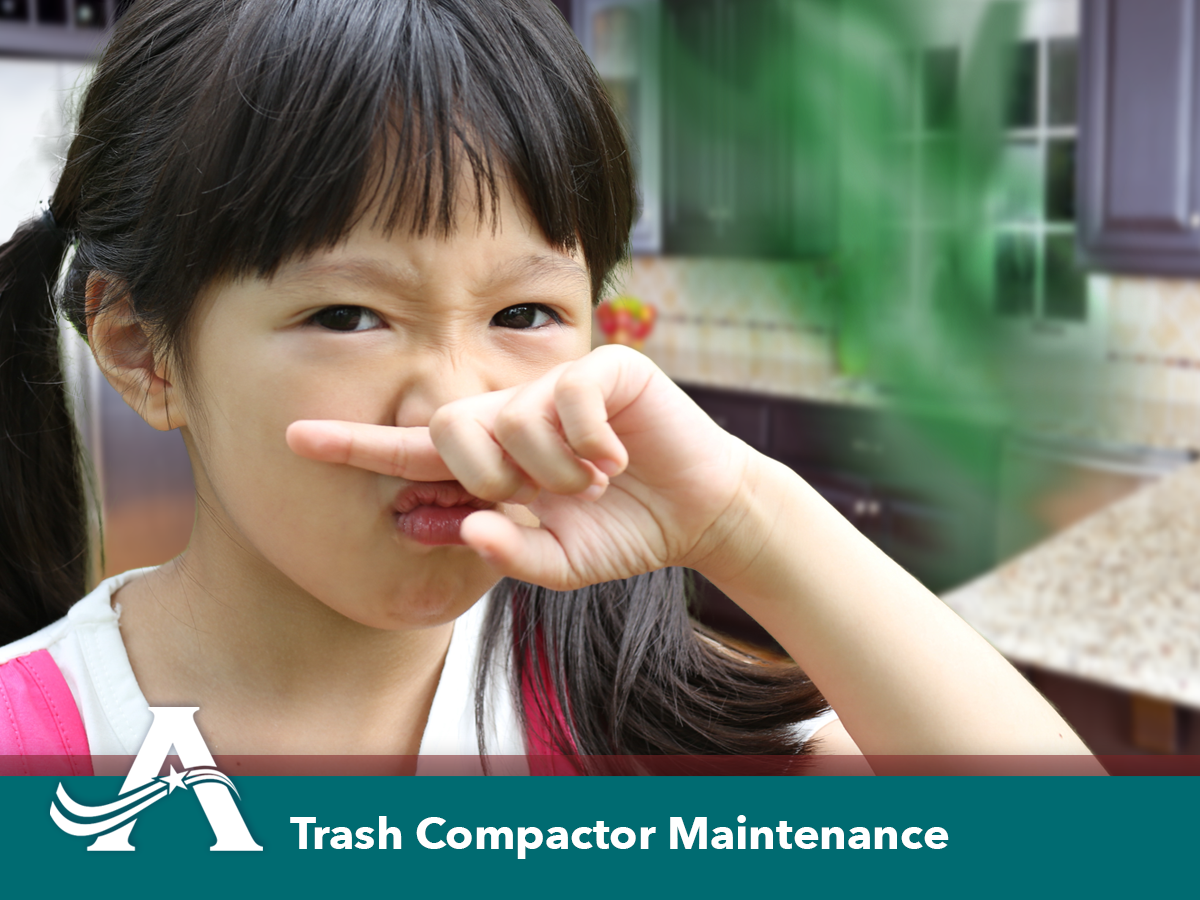 Did you know that America’s Preferred Home Warranty (APHW) now offers optional coverage for Termite Control? Of course we hope you never need it, but we also did some research to help keep the little buggers away from your home. And let me tell you: Nothing quite gets your skin crawling like reading about termites.
Did you know that America’s Preferred Home Warranty (APHW) now offers optional coverage for Termite Control? Of course we hope you never need it, but we also did some research to help keep the little buggers away from your home. And let me tell you: Nothing quite gets your skin crawling like reading about termites.
We all know that termites like to chew up wood (to the tune of $5 Billion in property damage every year). But did you know that cool, moist wood is their favorite snack? Or that they can build “mud tubes” across your foundation to the wood paneling?
There’s a lot you can do to keep the little buggers away though! So check out these 13 Must-Know Tips for DIY Termite Control* to keep your prevention practices in check.
If you do find a termite infestation, we strongly recommend calling in the professionals to make sure every last one is evicted—the last thing you need is for them to come back! But we may be able to help with the cost with our new optional Termite Control coverage at APHW. Call 888.351.3681 for details today!
*America’s Preferred Home Warranty is not affiliated with and has not collaborated with Family Handyman in any capacity.
Let us know your thoughts on Facebook, LinkedIn, Twitter or Instagram!




 My husband takes enormous pride in his yard. The hedges must align, the grass must be cut in perfect rows, and above all, each blade must be a lush, dark green. So you can imagine how he’s less than enthused when summer comes along and cooks it down to a crispy brown. He does his best with a hose sprinkler, but if you have a sprinkler system installed, you can be sure he’s a little green himself. So enjoy it! And maintain it, so you can keep that lushness going as long as feasibly possible.
My husband takes enormous pride in his yard. The hedges must align, the grass must be cut in perfect rows, and above all, each blade must be a lush, dark green. So you can imagine how he’s less than enthused when summer comes along and cooks it down to a crispy brown. He does his best with a hose sprinkler, but if you have a sprinkler system installed, you can be sure he’s a little green himself. So enjoy it! And maintain it, so you can keep that lushness going as long as feasibly possible.
 Are you keeping up with your humidifier? No, not the essential oil-misting gadget sitting on a shelf—the one in your furnace. In this episode of Contractor Cornerstones, Jackson, Michigan’s Lammers Heating & Air Conditioning President Todd Desy told us what homeowners should be checking for.
Are you keeping up with your humidifier? No, not the essential oil-misting gadget sitting on a shelf—the one in your furnace. In this episode of Contractor Cornerstones, Jackson, Michigan’s Lammers Heating & Air Conditioning President Todd Desy told us what homeowners should be checking for.
 Have you noticed? Spring is in the air: The snow is melting, actual grass is visible, and the temperatures are steadily increasing (at least for the moment). In today’s episode of Contractor Cornerstones,
Have you noticed? Spring is in the air: The snow is melting, actual grass is visible, and the temperatures are steadily increasing (at least for the moment). In today’s episode of Contractor Cornerstones, 
 Homeowners love to hate the chirp that smoke detectors emit when the batteries get low. We know these alarms can and do save lives, so we all enjoy the joke—until it isn’t funny anymore. One study found that three out of every five home fire deaths happen in homes with either no smoke alarms or no working smoke alarms.* Don’t become part of that statistic: Make sure your smoke alarms are working with these tips.
Homeowners love to hate the chirp that smoke detectors emit when the batteries get low. We know these alarms can and do save lives, so we all enjoy the joke—until it isn’t funny anymore. One study found that three out of every five home fire deaths happen in homes with either no smoke alarms or no working smoke alarms.* Don’t become part of that statistic: Make sure your smoke alarms are working with these tips.
 Hey there! So, we want you to have useful information about maintaining your home systems and appliances, but we also want that information to be fresh! So we’ve started interviewing the experts: The contractors you hire, know, and trust!
Hey there! So, we want you to have useful information about maintaining your home systems and appliances, but we also want that information to be fresh! So we’ve started interviewing the experts: The contractors you hire, know, and trust!
 While not as common today, some households still use a trash compactor to minimize the size of waste. Unfortunately, that convenience comes with a side effect: A small, dark compartment perfect for growing smelly bacteria from garbage residue.
While not as common today, some households still use a trash compactor to minimize the size of waste. Unfortunately, that convenience comes with a side effect: A small, dark compartment perfect for growing smelly bacteria from garbage residue.
 Thanksgiving has passed, and Christmas is on its way. What could this mean except… LEFTOVERS! Seriously, who doesn’t love a good turkey, stuffing, cranberry sauce, potatoes, gravy, and cheese melt on rye?
Thanksgiving has passed, and Christmas is on its way. What could this mean except… LEFTOVERS! Seriously, who doesn’t love a good turkey, stuffing, cranberry sauce, potatoes, gravy, and cheese melt on rye?
 There are two types of holiday people: Those who decorate, and those who DECORATE. Either way, lights are involved.
There are two types of holiday people: Those who decorate, and those who DECORATE. Either way, lights are involved.
 When the season means more time in the kitchen, the last thing you need is for your stove or oven to quit on you—or worse, start a fire. Semi-regular maintenance can go a long way toward ensuring they will work when you need them most, like when the whole family is over for Thanksgiving!
When the season means more time in the kitchen, the last thing you need is for your stove or oven to quit on you—or worse, start a fire. Semi-regular maintenance can go a long way toward ensuring they will work when you need them most, like when the whole family is over for Thanksgiving!